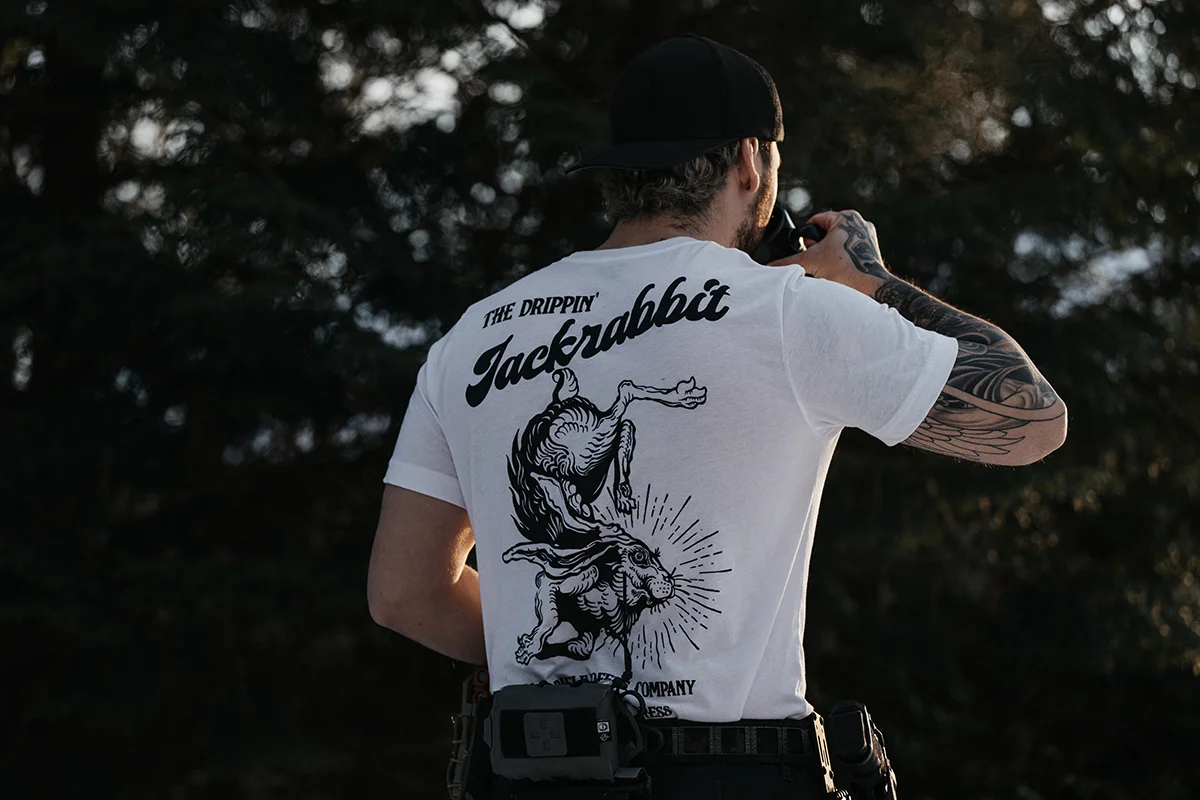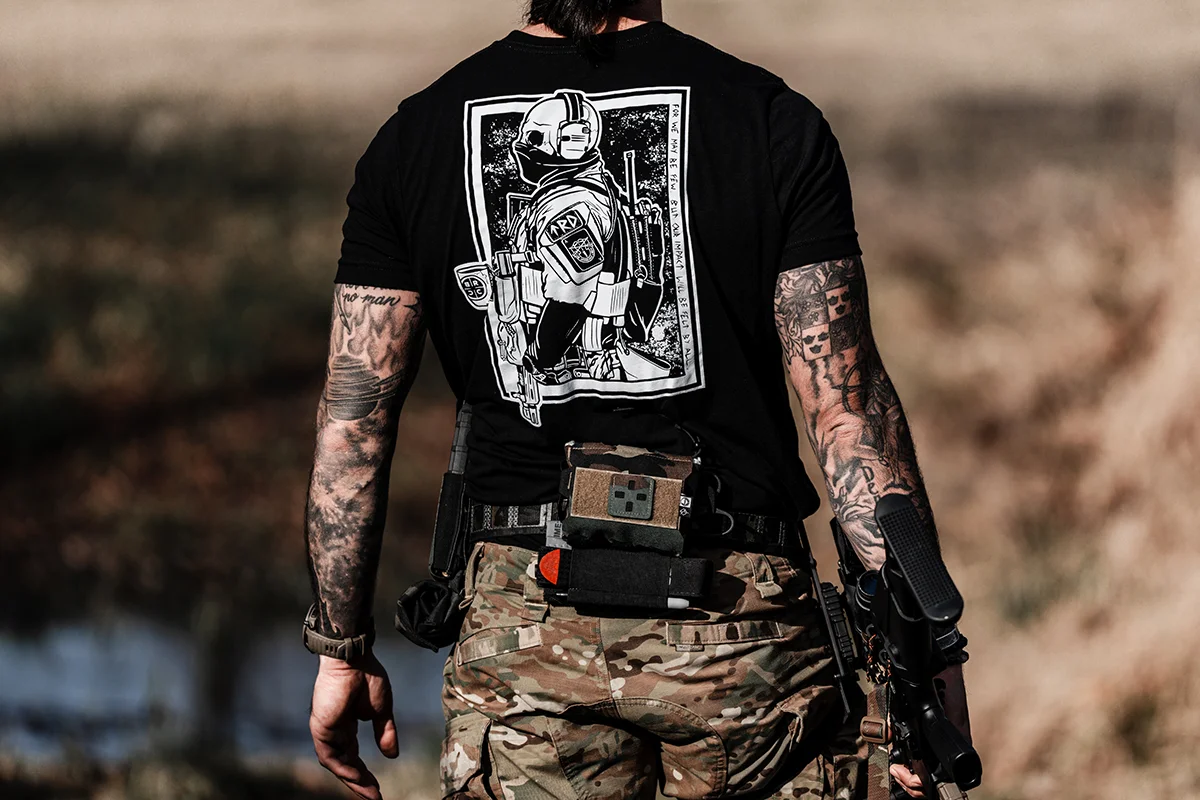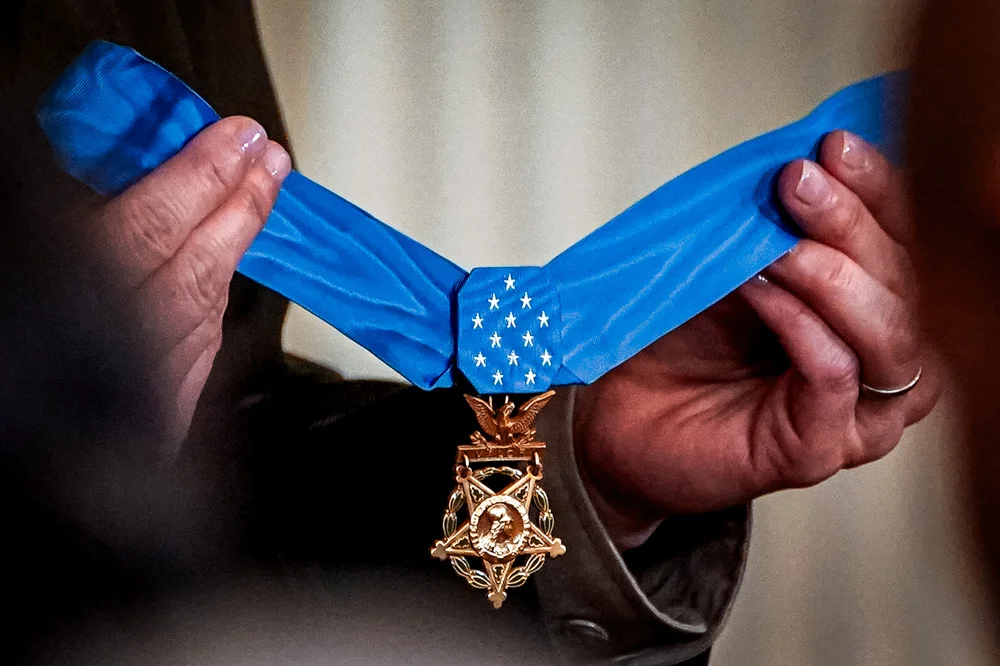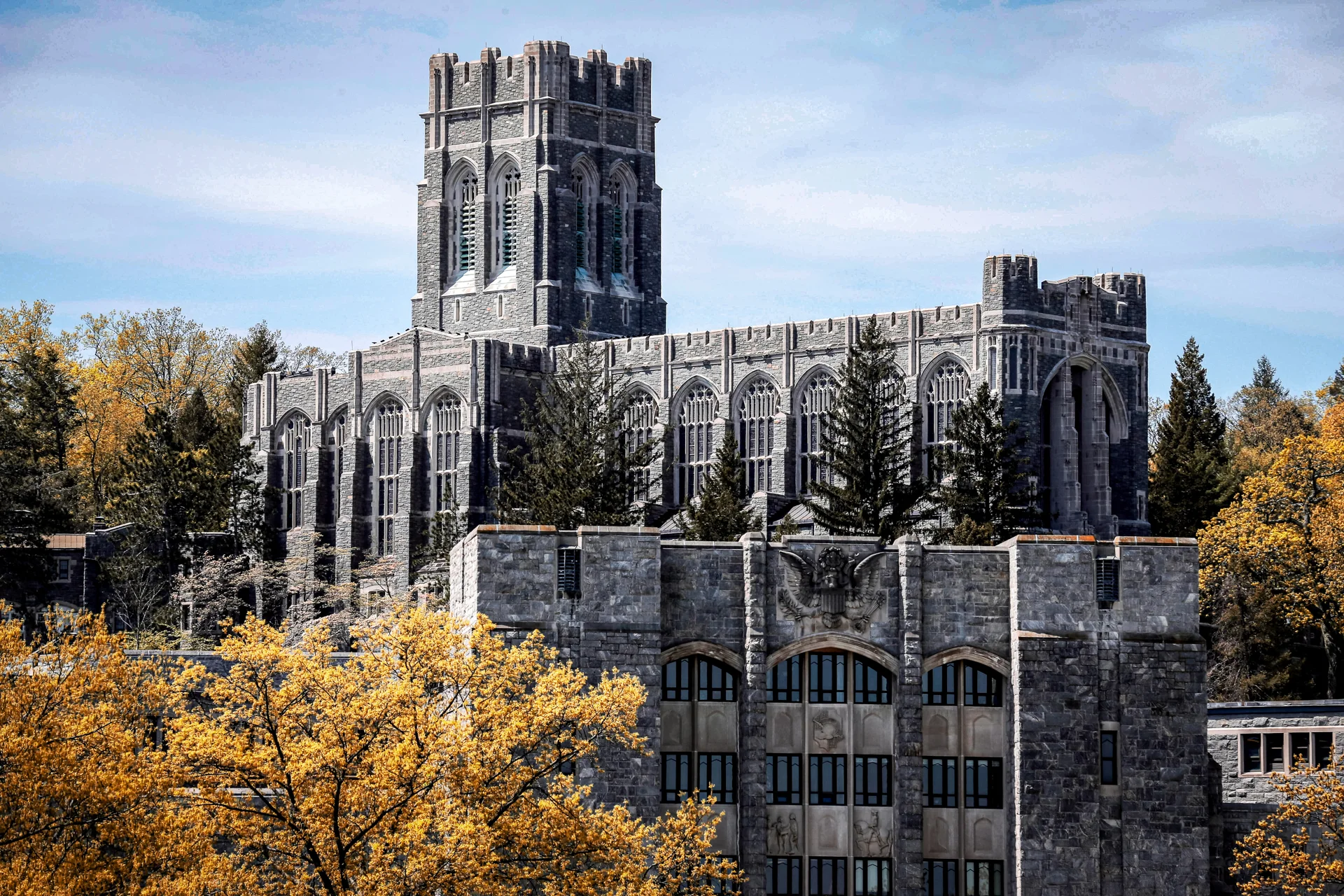
In week three of US Army Sniper School at Fort Benning, Georgia, 35 students participate in the ghillie wash, which is designed to test the strength and durability of the suits as well as weather them. US Army photo by Patrick A. Albright, Maneuver Center of Excellence and Fort Benning Public Affairs.
Kansas or Missouri? No, thanks. Hundreds of active-duty Army recruits said they’d rather head for the mountains of Alaska or Colorado for their first duty stations. Junior soldiers are taking advantage of one of the service’s latest efforts to attract new troops by voting with their feet for the best and worst army bases.
A military official told Coffee or Die that the Army has been allowing active-duty recruits to choose their first duty stations since Dec. 6, 2021. As of September 2022, about 6,000 recruits had already participated in the Army’s duty-station-of-choice enlistment program, called Option 19, said Cpt. Memory Strickland, a spokesperson for the US Army Recruiting Command.
Related: 11th Airborne Division: The Army’s ‘Arctic Angels’
Cream of the Crop
The top five most-requested duty stations were:
- Fort Richardson and Fort Wainwright in Alaska.
- Fort Carson, Colorado.
- Fort Campbell, Kentucky.
- Fort Hood, Texas.
- Europe: Vincenza, Italy, and Germany.
Close to 900 recruits — about 15% of those who made a choice — asked to be assigned to Alaska. Recruits chose Alaska and Europe by region rather than by a specific base, Strickland said.
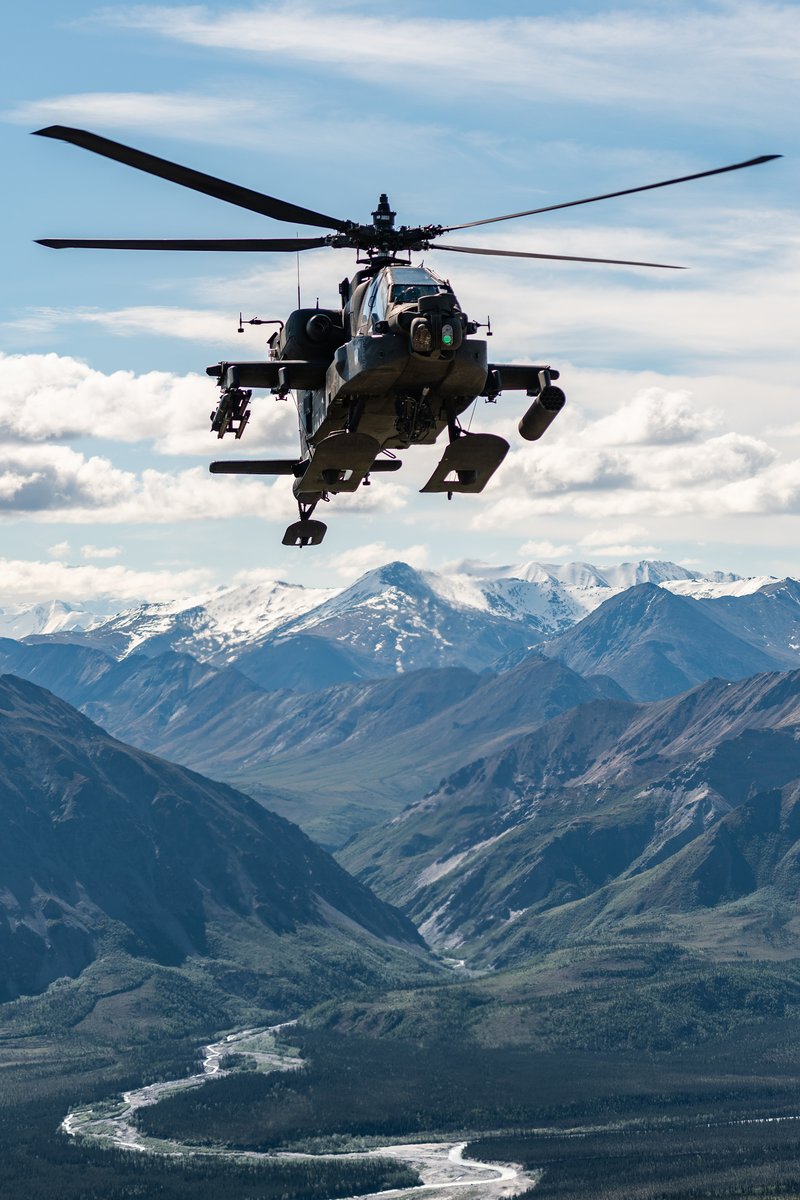
Army AH-64D Apache Longbow attack helicopter assigned to 1st Battalion, 25th Aviation Regiment Attack Reconnaissance Battalion (ARB), in flight over an Alaskan mountain range near Fort Wainwright, Alaska, June 3, 2019. US Army photo by CW2 Cameron Roxberry.
For Alaska, 852 recruits said they wanted to travel north toward either Fort Richardson near Anchorage or Fort Wainwright just outside Fairbanks, which is only a 198-mile road trip to the Arctic Circle. Lucky for them, the Army is hiring in Alaska.
The 11th Airborne Division reactivated at Fort Wainwright on June 6, 2022, with a focus on cold-weather and high-altitude operations, after it had been deactivated at Fort Campbell, Kentucky, almost 57 years earlier. As of the reactivation ceremony, there were about 11,600 active-duty soldiers in Alaska, according to the Association of the United States Army.
Also at the top of the list, Fort Carson, Colorado — home to the 4th Infantry Division and 10th Special Forces Group — tallied 679 recruits.
Related: ‘Climb to Glory’ — A History of the US Army’s 10th Mountain Division
Bottom of the Barrel
The least-requested duty stations were:
- Fort Leavenworth, Kansas, and Fort Leonard Wood, Missouri, tied.
- Fort Knox, Kentucky; Fort Lee, Virginia; and Fort Sam Houston, Texas, tied.
- Fort Huachuca, Arizona.
- Fort Detrick, Maryland.
- Fort Rucker, Alabama.
Both Leavenworth and Leonard Wood were shut out by recruits, receiving no requests, according to the Army. Knox, Lee, and Sam Houston in San Antonio did only slightly better, getting just one duty station request each (though five recruits asked to go to Lackland Air Force Base, which is also in San Antonio).
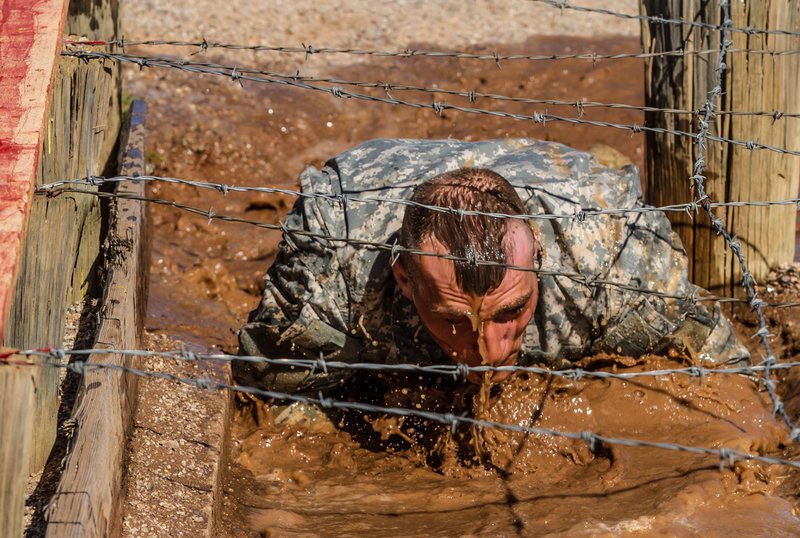
Army Reserve drill sergeant, Staff Sgt. Russell Vidler, 98th Training Division (IET), negotiates the mud obstacle during the third day of competition at the 108th Training Command (IET) combined Best Warrior and Drill Sergeant of the Year competition held at Fort Huachuca, Arizona. US Army photo by Sgt. 1st Class Brian Hamilton.
With just 6,500 soldiers, the small intelligence- and technology-focused Fort Huachuca, Arizona, near the border with Mexico was chosen by just two future soldiers, while three recruits asked to be assigned to Fort Detrick just outside Washington, DC. Fort Rucker in Alabama received five requests.
Related: Combat Engineer: The Unsung Hero of the Battlefield
Why?
A low number of requests for a base doesn’t necessarily mean a post should be considered among the worst army bases. Rather, smaller military bases have a relatively small number of jobs available. A recruit can only pick a base if soldiers in their military occupational specialty are assigned there, which may not be the case at small installations.
“These bases have limited numbers of entry-level soldiers combined with fewer MOS,” Strickland said.
On the other hand, major bases that offer most Army military occupational specialties but drew few takers were:
- Fort Polk, Louisiana, 83 requests.
- Fort Benning, on the Alabama-Georgia border, 76 requests.
- Fort Sill, Oklahoma, 42 requests.
- Fort Bragg, North Carolina, received only eight requests.
Related: Edgar Allan Poe Was a Sergeant Major in the US Army
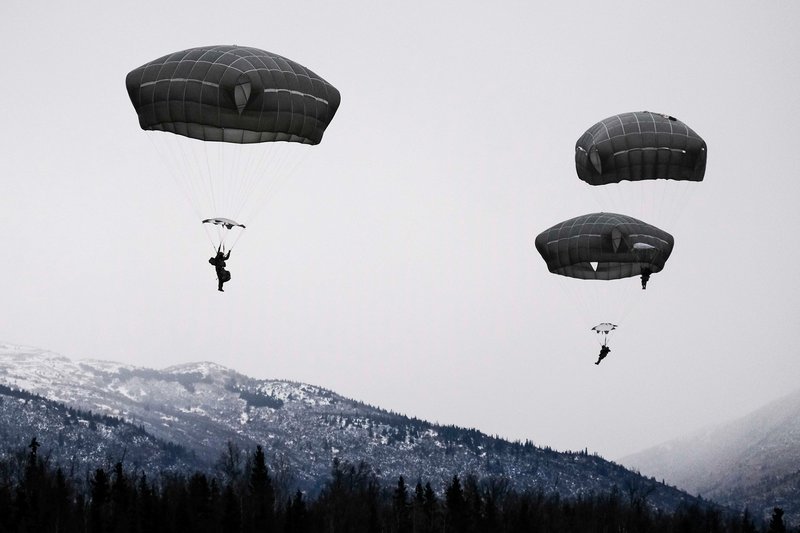
Paratroopers of 4th Infantry Brigade Combat Team (Airborne) 25th Infantry Division conduct airborne training operations at Joint Base Elmendorf-Richardson, Alaska, Dec. 14, 2017. US Army photo by Staff Sgt. Daniel Love.
Option 19 Expansion
Option 19 started with 5,600 vacancies across 17 career fields, ranging from infantry to special operations. But 15 locations were added to the program in August, increasing the number of guaranteed first duty stations to 32 and increasing the number of vacancies for the program to fill.
The two bases that got no votes, Fort Leavenworth and Fort Leonard Wood, were both added to the program in August. Both military installations are major Army training bases.
Fort Leavenworth is home to the Combined Arms Center, an intellectual training hub that educates and develops soldiers. (The Kansas base is also home to the United States Disciplinary Barracks, the military’s only maximum-security correctional facility.) Meanwhile, Fort Leonard Wood is home to the Army’s engineer, military police, and CBRN — chemical, biological, radiological, and nuclear — schools. According to We Are the Mighty, More than 80,000 service members and civilian personnel move through Fort Leonard Wood’s training facilities per year.
Related: M16A2 and M16A4: The OG Black Rifles
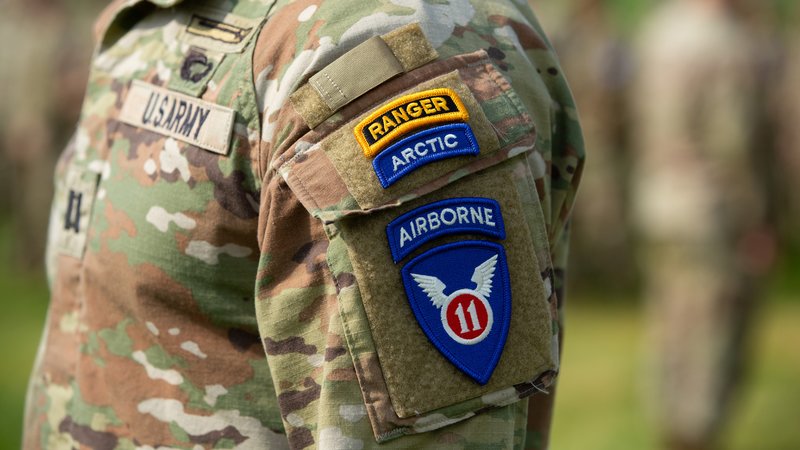
Capt. Samuel Morell, 1st Battalion, 5th Infantry Regiment, Bravo Company commander with the recently reactivated 11th Airborne Division attends a patching ceremony at Fort Knox, Kentucky, June 6, 2022. US Army photo by Kyle Crawford.
Recruiting Strategy
Option 19 is only one strategy that the Army has implemented to try to up its lagging recruit numbers. According to the US Army Recruiting Command, the labor market is the most challenging it’s been since the US military transitioned to an all-volunteer force in the 1970s.
“71% of youth do not qualify for military service because of obesity, drugs, physical and mental health problems, misconduct, and aptitude,” the USAREC website states.
Earlier in 2022, the Army announced it would offer enlistment incentives up to $50,000 for certain recruits who sign on for six years. Previously, these incentives could not exceed $40,000, according to USAREC.
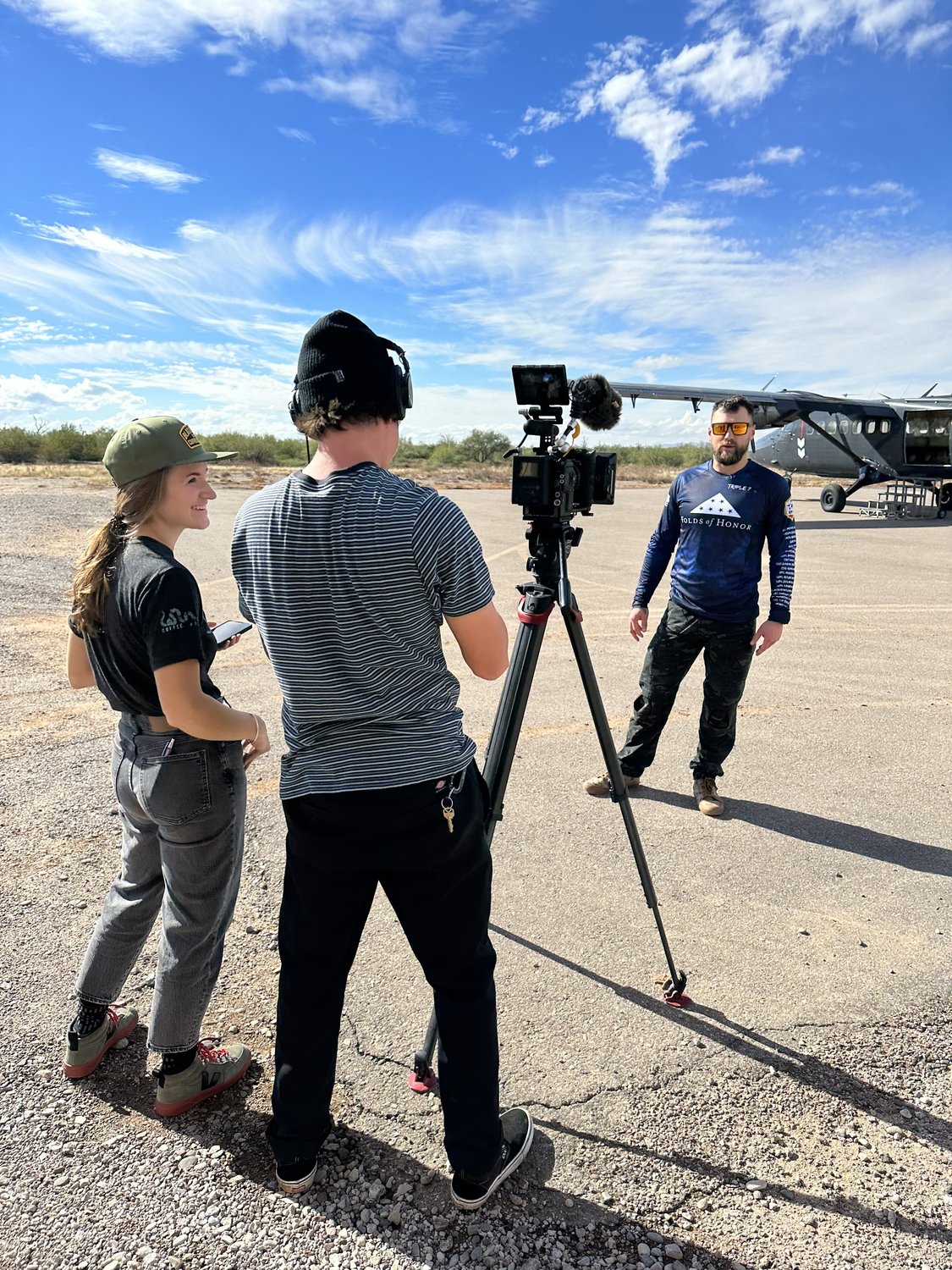
Jenna Biter is a staff writer at Coffee or Die Magazine. She has a master’s degree in national security and is a Russian language student. When she’s not writing, Jenna can be found reading classics, running, or learning new things, like the constellations in the night sky. Her husband is on active duty in the US military. Know a good story about national security or the military? Email Jenna.
BRCC and Bad Moon Print Press team up for an exclusive, limited-edition T-shirt design!
BRCC partners with Team Room Design for an exclusive T-shirt release!
Thirty Seconds Out has partnered with BRCC for an exclusive shirt design invoking the God of Winter.
Lucas O'Hara of Grizzly Forge has teamed up with BRCC for a badass, exclusive Shirt Club T-shirt design featuring his most popular knife and tiomahawk.
Coffee or Die sits down with one of the graphic designers behind Black Rifle Coffee's signature look and vibe.
Biden will award the Medal of Honor to a Vietnam War Army helicopter pilot who risked his life to save a reconnaissance team from almost certain death.
Ever wonder how much Jack Mandaville would f*ck sh*t up if he went back in time? The American Revolution didn't even see him coming.
A nearly 200-year-old West Point time capsule that at first appeared to yield little more than dust contains hidden treasure, the US Military Academy said.

